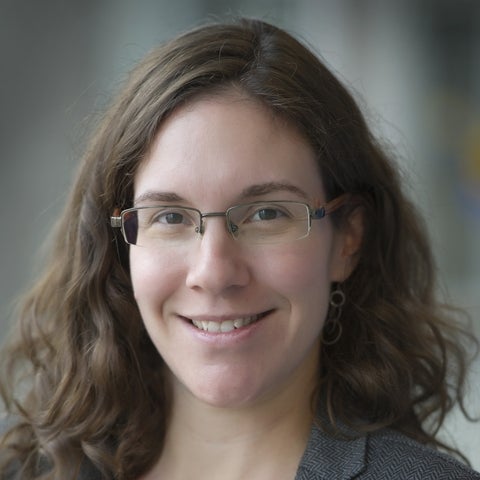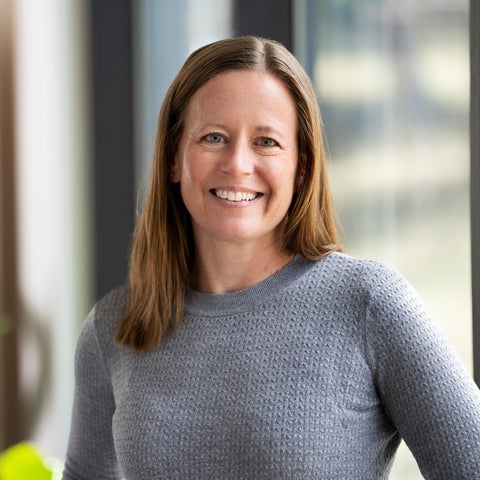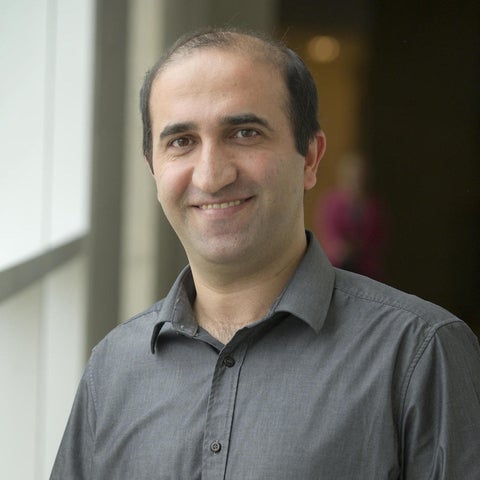The project aims to improve methane emission monitoring at landfills by combining state-of-the-art soil measurements with a novel application of hyperspectral infrared imaging. The team will also develop methods to reduce emissions using methane-consuming microbes from landfill cover soils. This project targets the large, poorly quantified emissions from Canadian landfills and provides information, tools, and methods for practical solutions.
We are delighted this research has been funded by the Climate Action and Awareness Fund. Our planned research has the potential to address one of the key methane mitigation gaps in Canada, landfill cover soil emissions. Our work aims to develop tools to both more accurately detect and monitor methane emissions from covered landfills, and to reduce methane emissions at the source by enhancing microbially mediated methane oxidation.
Waterloo Climate Institute member contributions
Laura Hug is the principal investigator and Maria Strack, Kyle Daun and Fereidoun Rezanezhad are co-investigators. These members are part of a wider team spearheading this important work thanks to Environment and Climate Change Canada's Climate Action and Awareness Fund (CAAF). This project was undertaken with the financial support of the Government of Canada.




Co-investigators from UWaterloo
- Sherry Schiff
- Josh Neufeld
External Partners
- Telops, Inc.
- Region of Waterloo
- ECCC Waste Reduction and Management Division